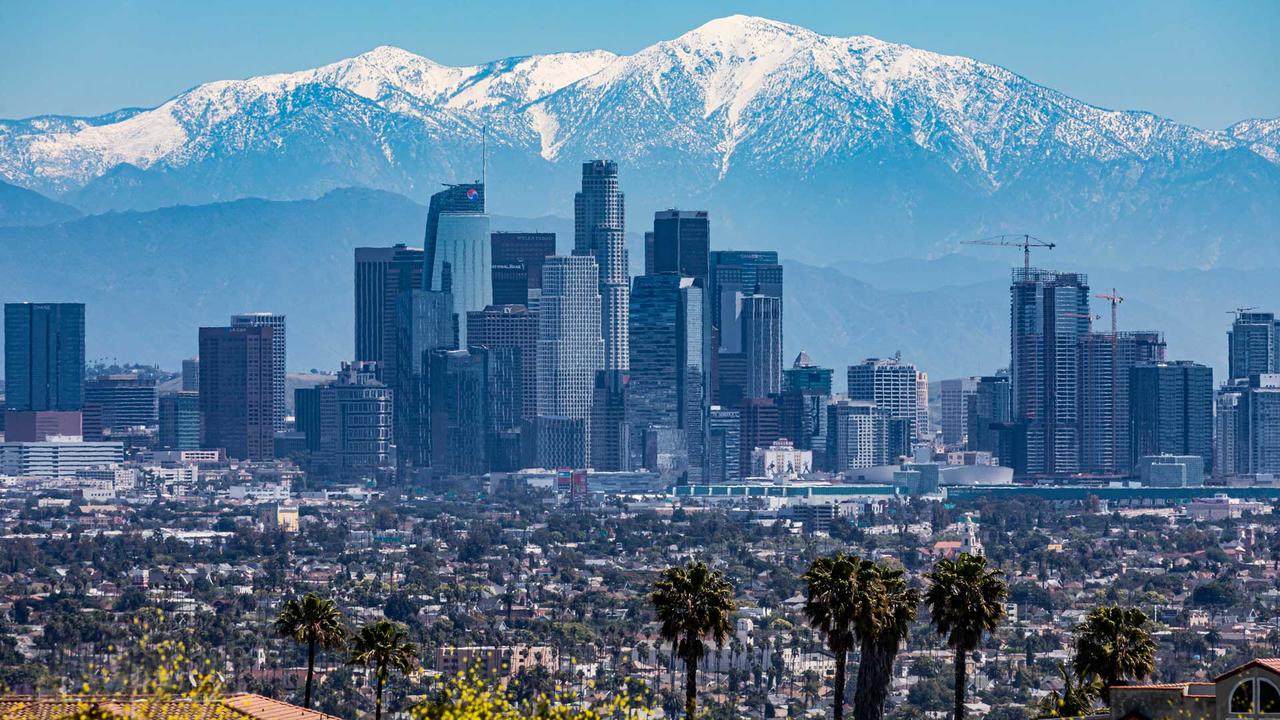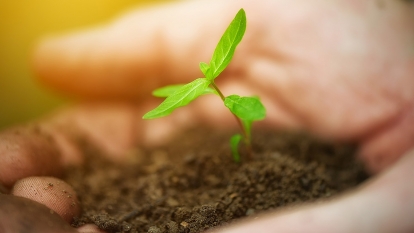
To Mark Earth Week, a Look at What COVID-19 Means for Climate Change
Views of the Himalaya Mountains that haven’t been seen in decades. Clearer water in Venice’s canals. Greater numbers of turtle nests spotted on beaches in Thailand. A kangaroo hopping through an Australian cityscape.
Widely shared stories of these phenomena have shown the impact of reduced human activity and movement on the environment. With much of the world on lockdown and practicing social distancing in response to the COVID-19 pandemic, there is less traffic, airline travel, and industrial activity; the World Economic Forum has been tracking decreasing levels of air pollution amid what they call the “largest ever global air pollution experiment.” But what do these small changes mean in the broader context of the fight against climate change, and are they here to stay?
For Earth Week, James Morton Turner, associate professor of environmental studies at Wellesley, shared some thoughts about what we can learn from the pandemic and climate change. Turner and his colleague Andrew C. Isenberg from the University of Kansas wrote The Republican Reversal: Conservatives and the Environment from Nixon to Trump, which chronicles “the historical evolution of conservative opposition to environmental reform, starting with Nixon's support for core environmental laws in the early 1970s to the culmination of the Republican reversal on the environment with the Trump administration.”
How has the coronavirus pandemic affected the climate?
The easy answer is that the response to the pandemic has reduced energy consumption and pollution, which is good for the environment. But it is much more complicated than that. Research on climate change is being disrupted, new clean energy projects are being put on hold, climate rallies are being postponed, and environmental inequities—such exposure to pollution—are becoming even more consequential.

My guess is that most of these short-term changes (I’ll avoid describing them as gains, considering the enormous social consequences that have accompanied them) will disappear just as quickly as they arrived. The real challenge is how we shift toward a new normal that leads to reductions in pollution, promotes social justice, and better protects the environment.
In response to COVID-19, governments and organizations have been willing to take drastic steps to protect public health. How do you make the case for equally drastic steps necessary to protect the health of our planet?
COVID-19 reminds us that people will act urgently in the face of a public health threat. That has been important to environmental action in the past, and it can be in the future.
In the late 1980s, the world tackled the stratospheric ozone hole. A “hole” in the ozone layer meant more skin cancer. That galvanized people into action. In fact, Ronald Reagan’s administration—which was not known for its environmental leadership—played a key role in negotiating the initial treaty, and George H. W. Bush’s administration made it even stricter. It helped that there were new technologies that could be scaled up rapidly to replace the chemicals that depleted the ozone layer.
Climate change is a matter of public health too. In fact, these are the most immediate benefits of reducing greenhouse gas emissions. Doing so will reduce smog and particulate matter, which are closely linked to human health outcomes. There is evidence that levels of particulate matter pollution are linked with coronavirus mortality. That relationship is particularly troubling, given that minorities and the poor are disproportionately exposed to particulate matter pollution in the United States.
The more we can do to emphasize that addressing climate change is about improving human health, both in the short and long term, the easier it will be to build the political coalition and enact the policies necessary to tackle climate change and environmental injustice.
We have seen how dealing with the pandemic can both accelerate and decelerate change and initiatives. What might we expect for climate change initiatives in the future as a result?
Ask me on November 4.
Is there any historical context or analysis that we should consider, and potentially learn from in the months and years ahead?
As Andrew Isenberg and I wrote in our April 17 editorial in Science, "What today’s coronavirus pandemic makes clear is the grave cost of delay and inaction in the face of urgent scientific warnings.” In the 1970s, in the wake of the first Earth Day, Congress enacted far-reaching science-based laws to protect the environment. We concluded, "Meeting challenges like the coronavirus and climate change will require policy actions that match the scale and scientific-based rigor of those from the 1970s.”



